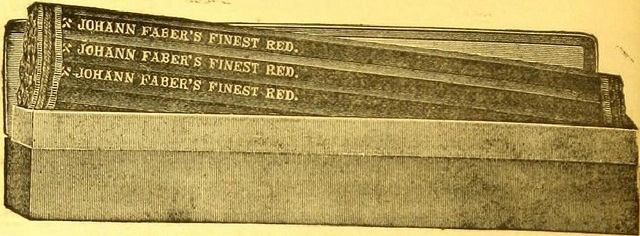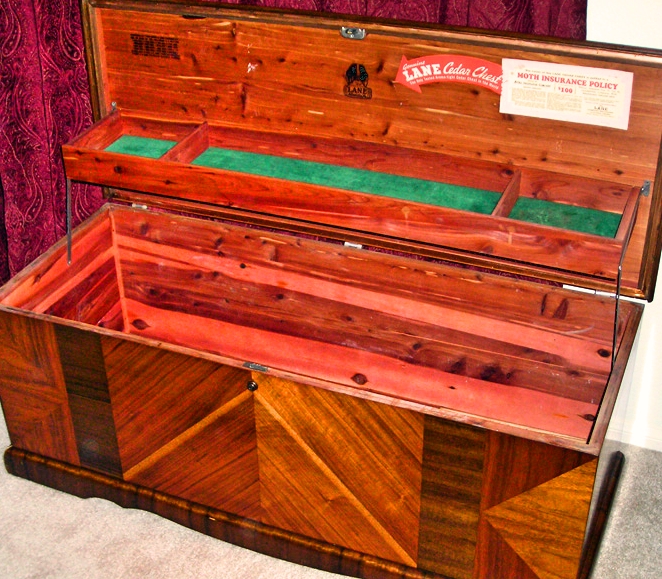Eastern Red Cedar : Other Common Uses
The Eastern red cedar also has many current uses due to its visually striking, aromatic, and long-lasting wood. One of its principle uses is as the raw material for fence posts, especially on agricultural lands due to its stubborn resilience and resistance to decay. It was also widely used in pencil manufacture until the early twentieth century, so valuable for this use in fact, that red cedar fencing was torn down and sold at hefty profits. A lesser-known fact is that nature philosopher Henry David Thoreau was involved in his family’s cedar-pencil business which, owing to his research, was renowned for the quality of their product.

Red cedar pencils sold in "Catalogue : mathematical and engineering instruments and materials manufactured and imported by James W. Queen & Co." (James W. Queen & Co., 1880).
However, following World War I, substitute species were found for pencil manufacture and use for fencing renewed.
Red cedar is also highly valued for its use in construction.

Eastern red cedar lumber (Lovino, 2014)
Various types of cedar furniture, especially hope chests, are beloved for their gorgeous combination of scarlet heartwood and white sapwood as well as their characteristic, wonderfully crisp aroma which also acts as an insect repellent.


Red cedar chest advertisement published in "The Boston Cooking School Magazine of Culinary Science and Domestic Economics" (Hill, 1896)
Ornate Lane chest made of Eastern red cedar (Roadsidepictures, 2006).
This cedar is also widely planted as an ornamental tree, and as discussed previously, is extremely useful as a windbreak and for preventing soil erosion. Additionally, its ease of accessibility and aesthetically pleasing shape made it the most common Christmas tree prior to World War II, and it is still ranked among the top five today.
